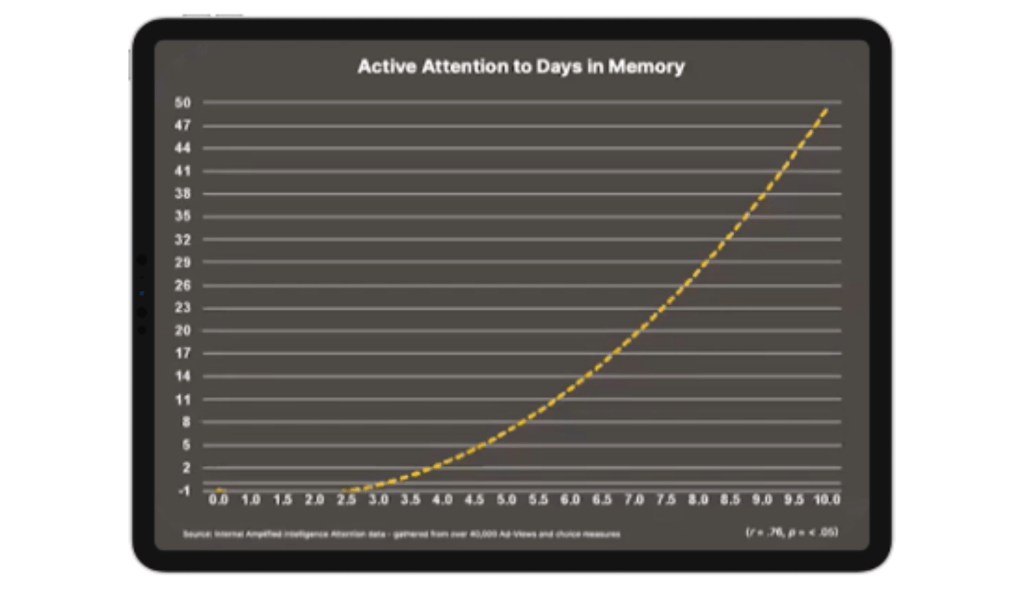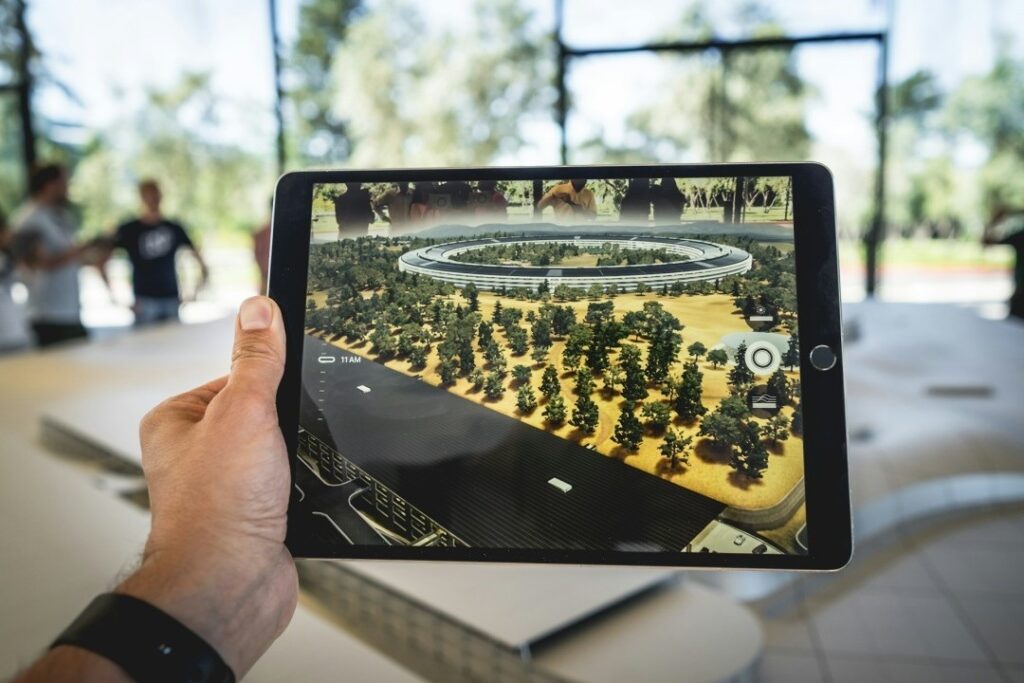Augmented Reality, the Force Multiplier to Our marketing?
In this blog, we look at he future of AR in digital advertising, addressing key issues like measurement and fragmentation to boost AR adoption and fully realise its potential.
Authored by Ben Thomas | 11th March 2024I was recently invited to represent KINESSO at the IAB’s Inaugural Augmented Reality (AR) Roundtable, hosted by James Chandler and Will Scougal. The IAB collated a diverse mix of Immersive Studios, Agencies, and Publishers to discuss some of the challenges and opportunities in increasing the adoption of AR through the lens of digital advertising.
The day began with a discussion on the definition of AR, and a polarising question arose - is this a new or embedded format? The Immersive Studios had been working on this format for 12 years plus, but from an advertising perspective - is it really embedded?
Open up TikTok and 1 in 4 posts use an effect; a form of AR. Pokémon Go had over 1 billion downloads. We’re not all rushing out to buy Apple Vision Pro, but most of us have tried AR in some form or another in our day to day lives.
Large brands are stretching their partnership muscles with AR activations across Fortnite, Roblox and Snap. But these are big budget, single-partner activations. The two main problems that AR is facing are measurement and fragmentation.
Measurement: How do you measure the impact of AR? What’s the value of someone engaging with a piece of branded ‘immersive’ content for 10 minutes vs a 10 second social advert?
Fragmentation: With more platforms and partners than ever before - which one should a client choose and how can we get the value out of creating the asset if it sits in one platform? The 30/70 rule of thumb for asset creation and distribution works for TV ads as you have great reach; less so for an expensive, ‘immersive’ piece of augmented reality content if it can only sit on platforms - how do we get it across social, web and all paid media?
There are some positive signs for the world of AR.
The advertising industry is facing somewhat of an attention crisis. Of course, this isn’t new, open any marketing textbook and one of the first rules for promotion is Attention (AIDA Model) and “Nobody reads ads. People read what interests them. Sometimes, it’s an ad.
- Howard Luck Gossage”.
Furthermore, with the growth in e-commerce adoption, online research, and exploration journeys, how do consumers 'experience’ a brand sufficiently to convert online? In the absence of ‘physical availability’, do online only brands require more ‘digital availability’ to help with conversion, in the format of AR?
The way forward
Central to the way forward is tackling measurement and fragmentation challenges.
Measurement: Existing research by Applied Intelligence, has reported that it takes more than 2 seconds of attention to have any lasting impact on memory. Therefore, the additional value attention brings for building memory (brand building).

Approaches to AR measurement must quantify the value of this incremental engagement, such as structured incrementality experimentation (geo hold out tests as an example), Marketing Mix Modelling, or through lighter touch statistical techniques to get a read on success such as the correlation between engagement with AR as a touch point and sales.
Fragmentation: Immersive Studios and platforms need to work together to build bigger, platform agnostic solutions that can be activated across multiple platforms. Enabling clients to take a ‘Bigger Bet’ on AR, activating the solution across their website, social and addressable ads for greater attention, relevance, and scale.
In an algorithmically optimised media world, advert creative quality and landing page experience is an input signal for platforms for the quality of our campaigns, increasing the efficiency of our media (e.g. Performance Max, Meta).
The incremental attention garnered through AR (and creativity) could become a force multiplier for marketing: Making our campaigns work harder, and ultimately leading to better results for our clients.
For more on this topic, check out Will’s podcast with the IAB explaining how AR is a force Multiplier to marketing.
